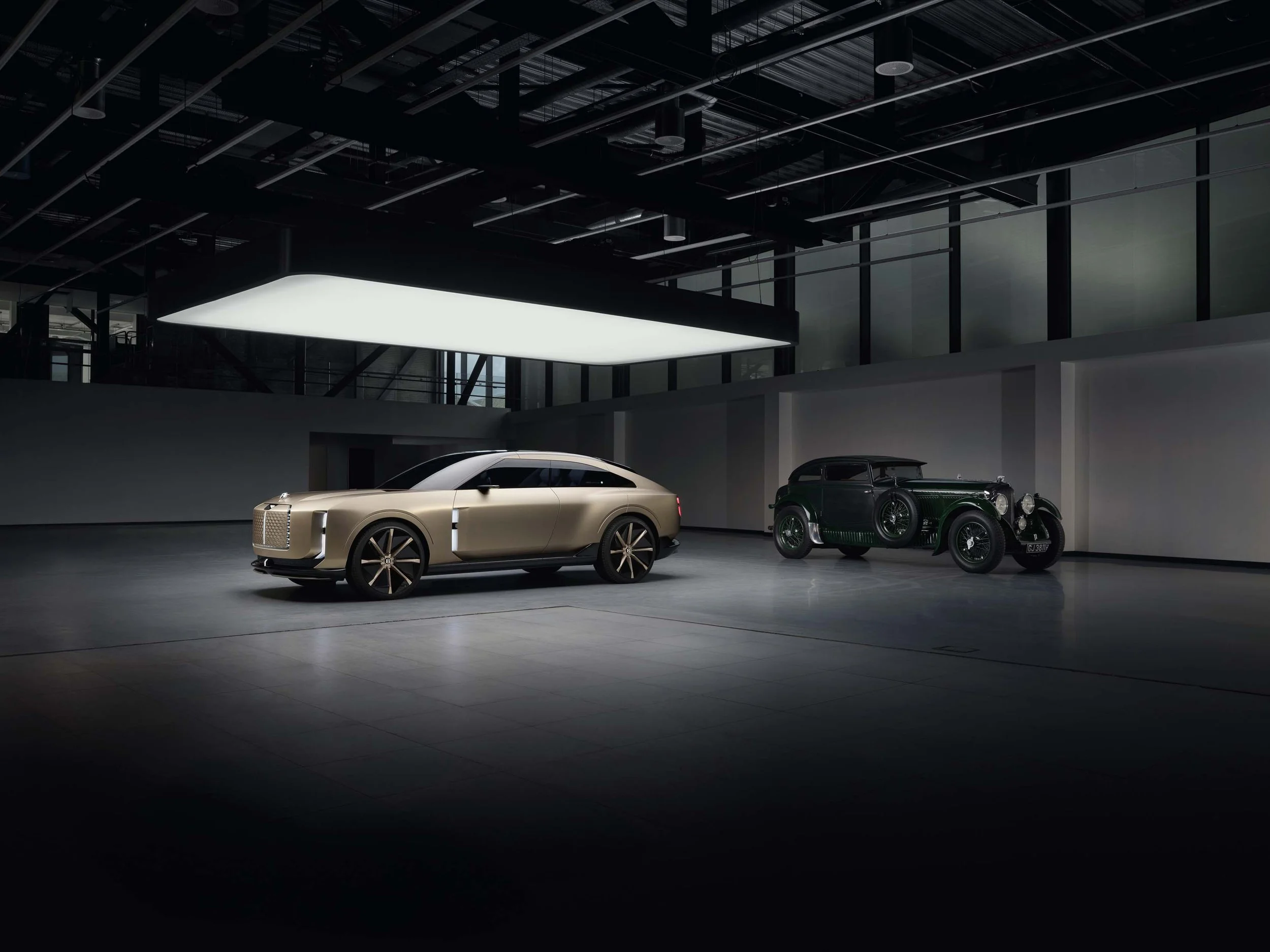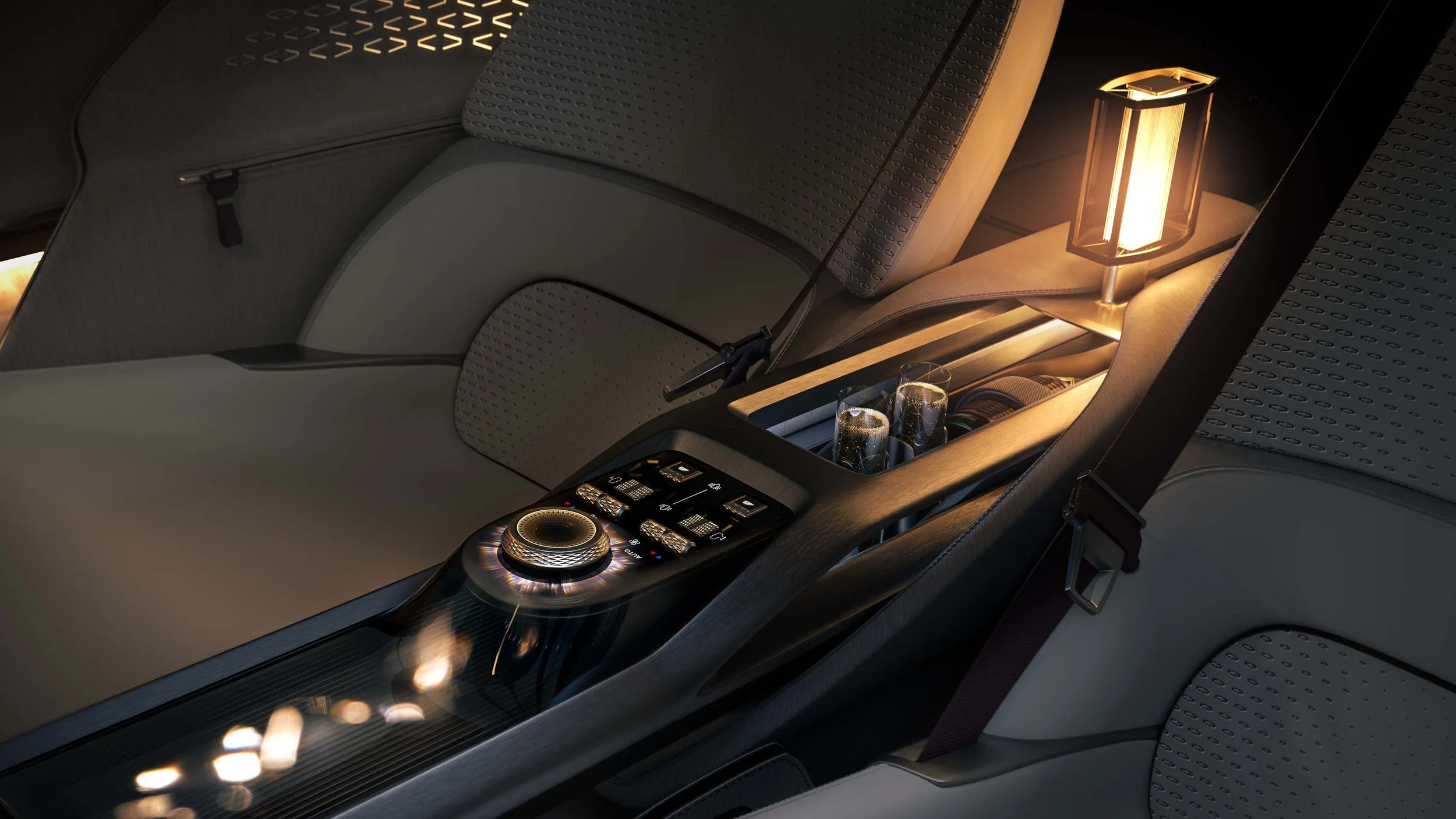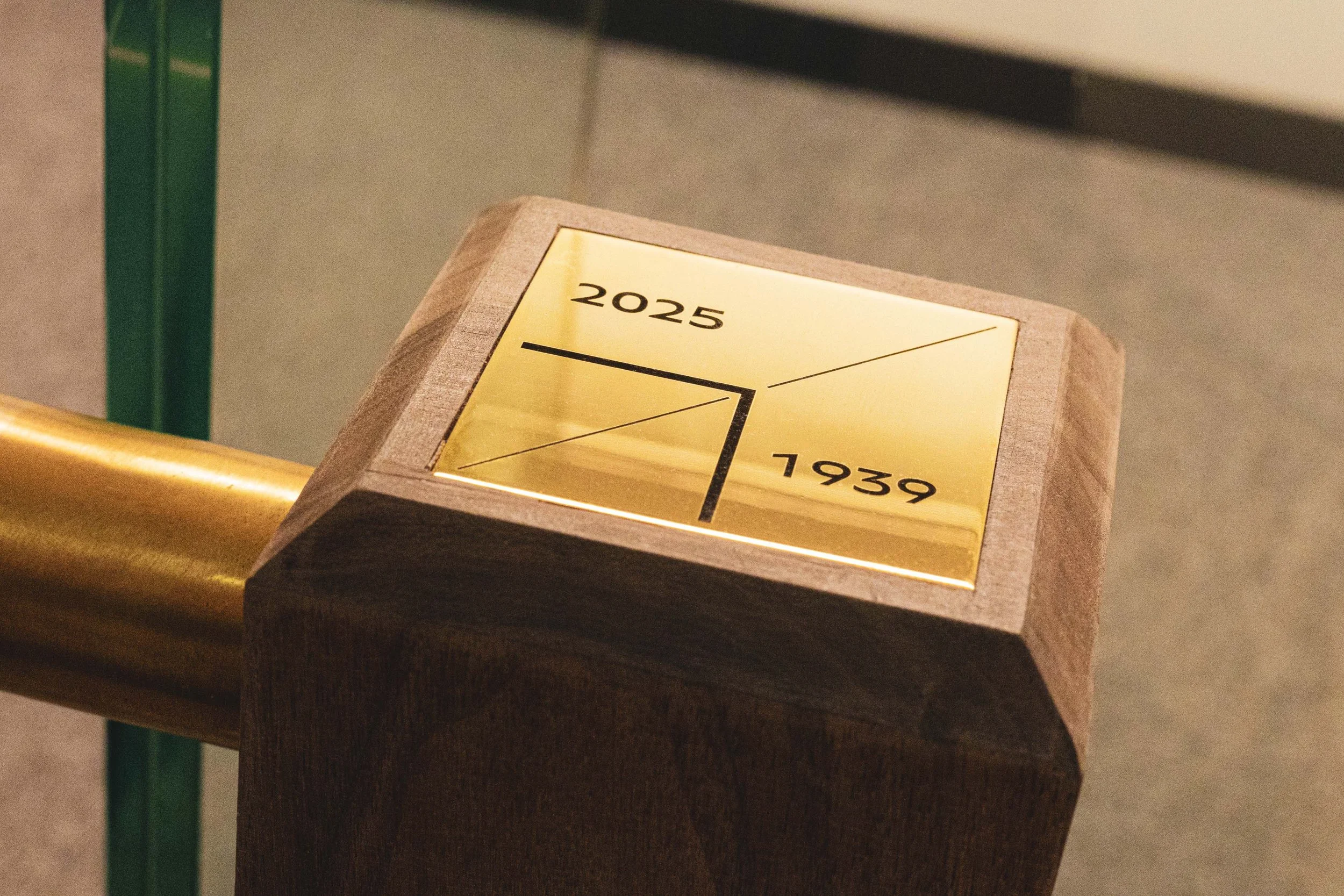Bentley EXP 15 concept provides clues to brand’s electric future
This is the Bentley EXP 15 concept. And judging by the chat I’ve seen on social media, it has already divided opinion. Yes, it’s not quite on the scale of the Jaguar Type 00, although I doubt any level reaction will ever match that for the rest of eternity.
We were already treated to one new element from Bentley’s new concept car last week with the reveal of the updated Winged B emblem. Now we have an in-depth look at the car itself, with the British brand creating a full size exterior model and virtual reality interior. While it won’t ever be put into production, Bentley says it offers an insight into the direction of the brand and, ultimately, its impending electric future.
The concept has been conceived to showcase a futuristic, fully electric grand tourer, with an all-wheel drive powertrain, a long range and fast recharging speeds.
The reveal of its first full-electric production car is set for 2026, and Bentley says, ‘subtle design cues relating to (it) are highlighted within this concept’s exterior form.’
EXP 15 and 1930 Speed Six
Design
The design of the EXP 15 takes inspiration from the marque’s early 20th century Grand Tourer heritage, and more specifically, the three-seater Bentley Speed Six from 1930.
Finished in a liquid metal satin paintwork called Pallas Gold, the bodywork reflects the new way modern Bentleys will be shaped and is defined by ‘Monolithic Presence’, ‘Muscular Form’ and ‘Carved Precision’.
Bentley also says the EXP 15 “embodies the five exterior design principles that will influence its future production cars”.
Five Principles
‘Upright Elegance’ - This expresses the idea that the silhouette shape at the front of Bentley cars should display a gently curved vertical line, ‘akin to the upper body of a thoroughbred horse’.
‘Iconic Grille’ - Despite electric cars having no need for a front grille, Bentley says it is important to the brand’s historic visual architecture and will be the “opportunity to create a piece of digital art”.
‘Endless Bonnet Line’ - Originally intended to house a large combustion engine underneath, the line continues under the side windows and back to the rear pillar of the car as seen in the 1930 Bentley Gurney Nutting coupe. Bentley’s designers have repurposed the space into two storage solutions accessed via twin panels.
‘Resting Beast’ - Perhaps this one is best explained by Bentley’s Head of Exterior Design, Domen Rucigaj, who said: “All the finest Bentleys feature rear haunches that bulge outward from the body of the car above the rear wheels, expressing their ‘muscle’ and potent energy, just like the rounded shape of the bent upper legs of a big cat,”
“But a Bentley’s overall stance needs to be relaxed and horizontal, not aggressively leaning forward (nor leaning back and looking ‘lazy’). I am also focused on perfect Bentley proportions, which are divided, from top to bottom, into one third for the cabin and two-thirds for the body.”
‘Prestigious Shield’ - This relates to the large surface at the rear of the EXP 15. On heritage Bentleys, this luggage section would be separate to the body of the car, however, the concept incorporates it as part of the tailgate.
Lighting & Airflow
The EXP 15’s exterior is dotted with lighting for both functional and aesthetic purposes. The front end contains four slim strips at the sides of the car, which make up the headlights and frame the large front grille. A central light spine below the new Winged B emblem separates the grille, which recreates Bentley’s diamond quilt seat design with modern LED lights, into two.
A pair of chunky vents behind each front wheel arch helps channel airflow, and at the rear, there are more slim lights that frame the luggage space and give 3D depth for added aerodynamic benefit, along with twin active spoilers that deploy from the end of the EXP 15’s rear sloping roofline.
Interior
Inside, the main talking point will be the EXP 15’s three-seat layout, which may or may not become a thing in the future. The digital and technical ideas on display, however, are more than likely to be replicated in the 2026 EV.
Influenced by the inside of the 1930 Speed Six Gurney Nutting Sportsman coupe, the single driver’s seat is situated in front of two rear seats, with the passenger side seat able to swivel at a 45 degree angle, as well as moved up front alongside the driver and reclined in ‘Relax’ mode.
The twin coach doors and panoramic sunroof have been created with a luxurious feel in mind, and Bentley’s past work in building a car for Her Majesty the Queen highlighted the importance of ‘the art of arrival’.
As well as holding space for luggage, the boot also houses two small seats that can be deployed alongside a lamp and fridge stocked with cold drinks - all of which are able to slide back into the rear seats.
The interior also shows Bentley’s intention to offer a mix of physical and digital features. An updated version of Bentley’s ‘Rotating Dashboard’ switches the cockpit layout from a full-width infotainment screen to a solid dashboard surface when the screen is no longer required.
Located centrally behind the screen is a clock-like device called the ‘Mechanical Marvel’ which indicates the car’s direction of travel, charge percentage and provides an extra artistic element to the design of the interior.
A mix of modern and traditional materials has been used, with Gainsborough silk woven alongside a metal mesh called ‘Acrylic Couture’, and encapsulated in acrylic.
“We understand the GT market”
Robin Page, Bentley Director of Design, said: “The beauty of a concept car is not just to position our new design language, but to test where the market’s going. It’s clear that SUVs are a growing segment and we understand the GT market – through four generations of the Continental GT – but the trickiest segment is the sedan because it’s changing. Some customers want a classic ‘three-box’ sedan shape, others a ‘one-box’ design, and others again something more elevated. So this was a chance for us to talk to people and get a feeling.”
Bentley unveils new Design Studio
On the day of the new concept car reveal, Bentley also unveiled its new Design Studio at its headquarters in Crewe, England.
The new studio is double the size of the original Design Studio and has been created by converting Bentley’s ‘Front of House’ building, while adding a new third floor. Its redesign is the work of Bentley’s own design team and continues to focus on sustainability, with the site on which the Bentley factory is located being certified carbon neutral in 2019.
The new space will also see designers from colour and trim, Bentley’s bespoke division, Mulliner, and UX (User Experience) and UI (User Interface) housed under one roof, which the brand says will provide a creative environment to ‘encourage ultimate collaboration’.
The official opening was attended by Bentley’s Chairman and CEO, Dr. Frank-Steffen Walliser, fellow board members and Bentley’s 4,000-strong workforce in a special event hosted by television presenter George Clarke.
words: Mike Booth
pictures: Bentley





















